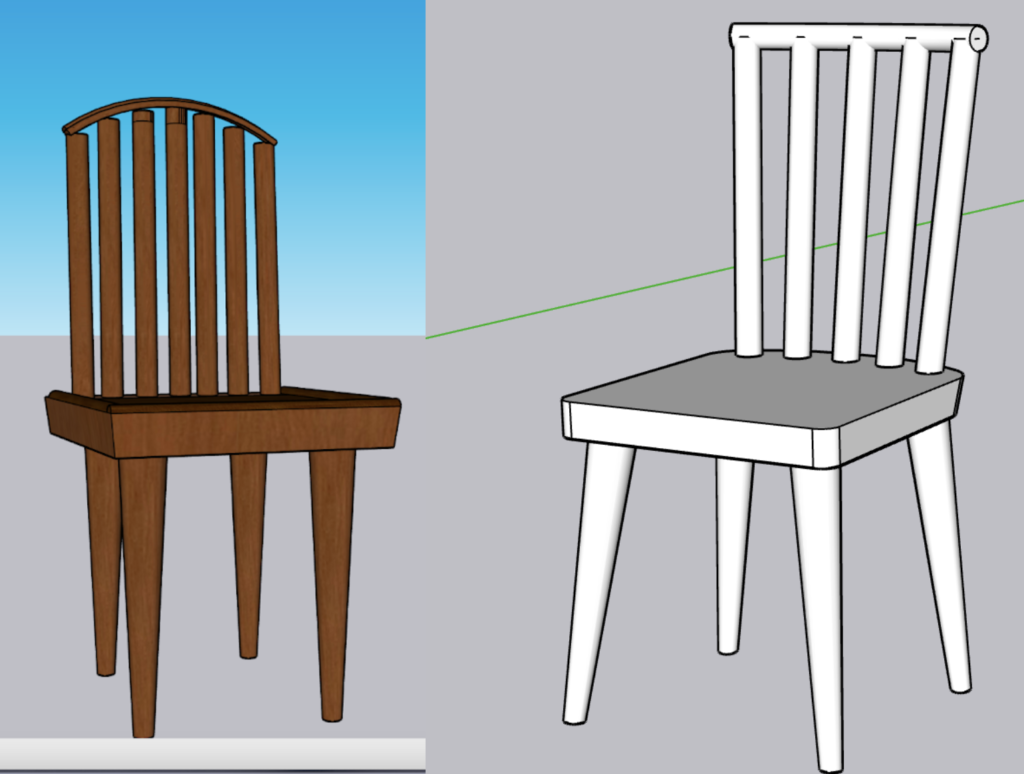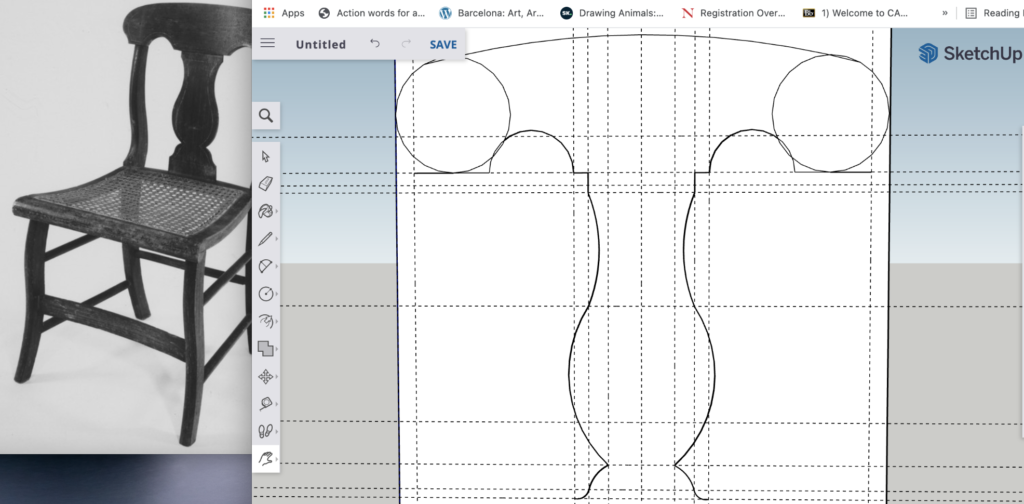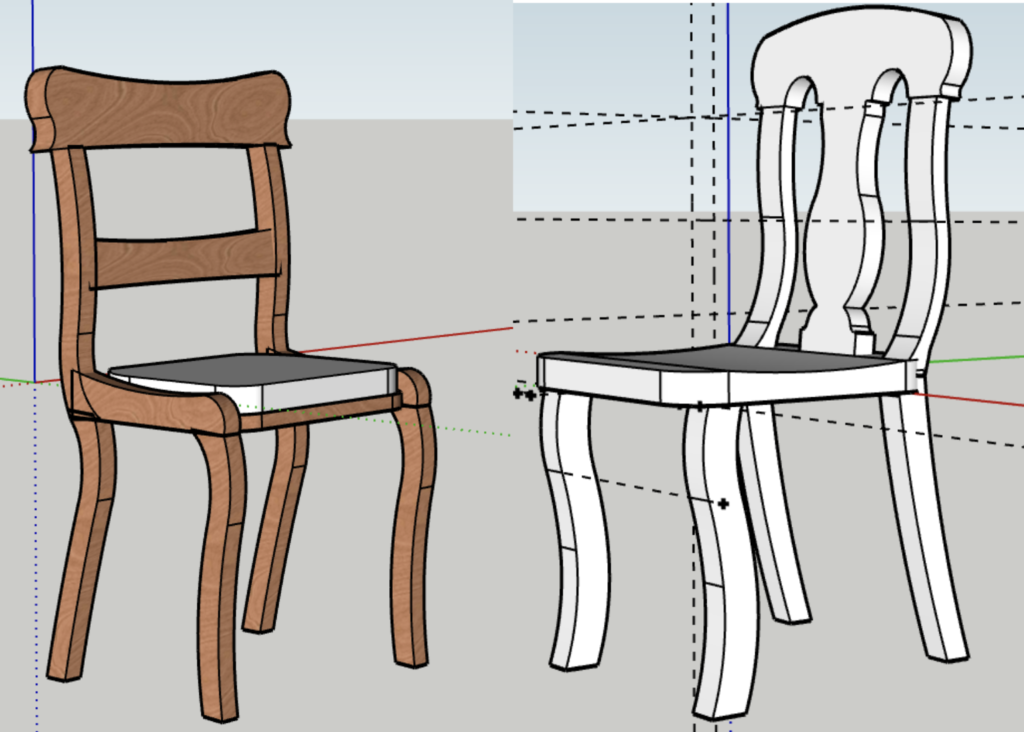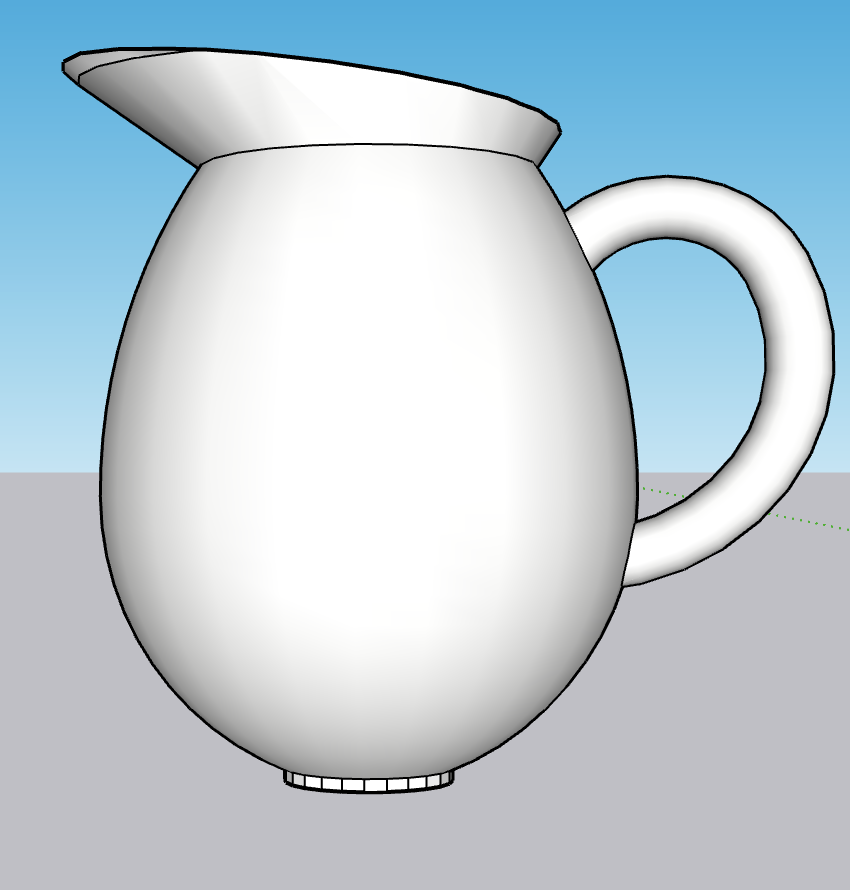I admit I knew nothing of Boston, let alone its history, when I began this project. As a team, we were required to try to conceptualize and research how the interior of David Walker’s house looked. An African American abolitionist, David Walker lived on the Northern Slope of Beacon Hill in the 1820s, and is best known for writing his Appeal to the Colored Citizens of the World. In his influential Appeal, he addresses American hypocrisies in the context of freedom and Christianity. I have learned a large amount about Boston’s history throughout this project, finding it especially interesting to learn as I attempt to employ the perspectives used by David Walker himself.

The challenging research process has also been a conducive one. Information is hard to come across regarding the dwellings that were present in 1820s Boston, specifically on Belknap Street or the Northern Slope of Beacon Hill. In addition, with respect to the life of David Walker from birth to death, some inconsistencies were found on the internet. Through research and team discussions we were able to form an understanding of Walker’s work and part of his home life in Boston. We know he worked as a clothes dealer based on advertisements and records of the time, and that he most likely wrote some of his Appeal pamphlets at home. We also know that he was a kind man who offered help and shelter to many African American fugitives and slaves. Significantly, some two hundred years later, we do not know what the inside of his home looked like. It goes without saying that one’s dwelling can say a lot about you, and may reveal both obvious and subtle traits about your character. An attempt to virtually reconstruct the interior of this very influential person’s home will bring greater awareness of the history of African Americans in Boston. Thus, the research process was more an investigation into who David Walker was, and how connecting dots about his surroundings could help us form a visual understanding of his and his family’s home on Belknap Street (now Joy Street).

Thanks to the tutorials given by Professor Linker and Liam, learning to model in SketchUp revealed new perspectives in considering the art and design of furniture/objects. I was surprised at how much more demanding digitally constructing a rather simple-looking chair was. It forced me to decompose and recompose elements of the chair, giving me a newfound appreciation for furniture makers. I modeled two Empire-styled chairs (which was in fashion in Boston at the time Walker was living there), a pitcher with the help of a teammate, and a Windsor chair. Some challenging aspects of digitally modeling objects in SketchUp proved to teach me more rather than take away from the experience. The online SketchUp glitches often, while at other times my brain is the one glitching where I find myself overcomplicating simple design. I’ve learned to look at my reference more often, drawing it out in a simplified manner to helped me uncomplicate a seemingly complicated object.

Digitally modeling antique objects, such as Empire-style chairs has caused me to first, research the chair style, the time period when it was most popular, materials used in making the chair, who made it, who owned it, and more. Although some of the information used when digitally modeling the chair – especially when the information is more specific and arcane and more than likely cannot be found – helps create a spatial sense of the chair’s home and use, the research and digital modeling assists in forming a well-rounded image of the time period. Retracing the history of a chair, or type of furniture style, then breaking it down to digitally remodel it unlocks interesting things one may have missed when researching earlier. For instance, what is the curvature of the wood? Or what is the placement of the chair? Is it placed in the living room? Bedroom? Kitchen? This chair has a cushion, and so I wonder if the cushion pattern matched other aspects of the room such as the curtains or wallpaper? All these questions about a specific chair may not be found necessarily on the internet, but they still help generate a spatial concept of where the chair lived in my mind.

Another surprising aspect of the project was learning about Unity, how powerful of a tool it is for creating virtual spaces. Thanks to the previous team’s work, I learned the tool of color mapping an object before bringing it into Unity to be textured and playing with different finishes to make the object look more realistic was very entertaining. I look forward to learning more about the program and bringing my rather flat-looking furniture to life in Unity.

